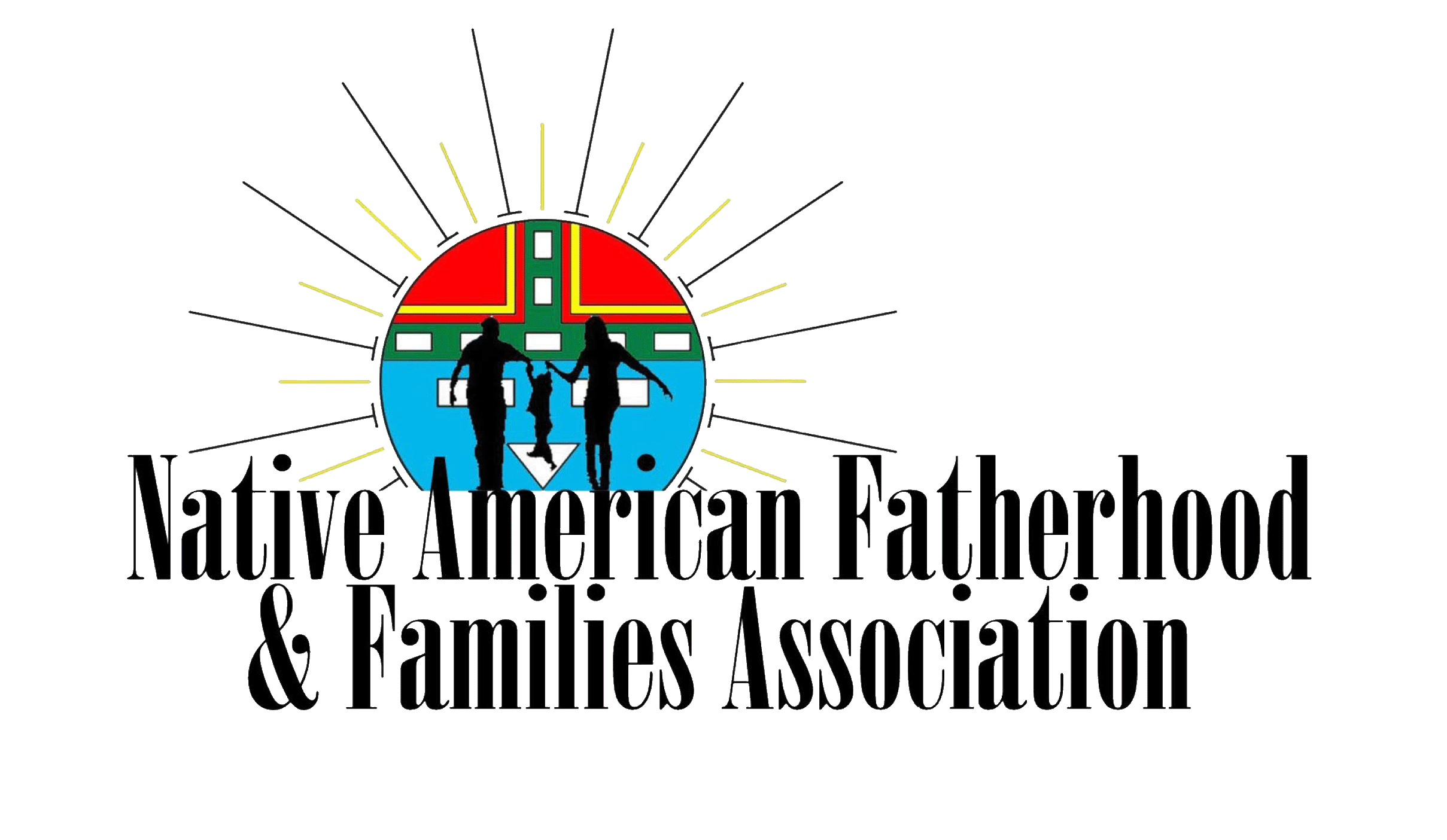Child Welfare Tips: Enhancing Father Engagement
- Admin
- Apr 17
- 4 min read
NAFFA celebrates fathers and lucky enough to have Neil Tift on staff for great insights and suggestions for fathers. He and his wife Denise Tift has written several informative articles over the years and this is one of them. For those fathers who disengaged from their children, this might help to better engage with your children.

Child Welfare Tips for Enhancing Father Engagement:
By Neil and Denise Tift
"Child welfare agencies in the US have typically provided a wide array of services for mothers and children. That has not necessarily been the case for fathers and children. There are explanations for this disparity, some legitimate, others not so much.
As a result, it is beneficial to develop a plan to invite fathers and men in families to participate to be able to maintain contact with their children and establish permanency through reunification. Second, we need to identify and mobilize fathers’ assets. Third, we need to dismiss the myth that female child welfare professionals can’t work as effectively with fathers as male professionals.
Assessment
We may start with a few questions that assess how father-friendly your agency’s programs, policies, and procedures are. Take time to write your answers—as an individual practitioner and as an institution.
Mobilizing Father Assets
Most child welfare programs when serving mothers tend to focus upon their strengths and potential for growth: pregnancy and childcare, and school readiness. Too many child welfare programs when serving fathers default to a focus upon their defects and expected consequences for their failures: child support enforcement, corrections, anger management, child protection, probation and parole, batterer intervention, chemical dependency, and related concerns. While these clearly do need to be addressed to grow healthy and safe families, many fathers are not in need of such corrective or punitive services.
Once a father seeks your services, begin by focusing upon his strengths, not his shortfalls. The following strategies may help to counter “deficit-first” approaches: pre-natal needs, parenting skills, housing, children’s health, employment, fitness and nutrition.
Offer assistance man-to-man, father-to-father, as possible. This is especially important when providing orientation and training for foster fathers and adoptive fathers. If all the information is presented by female staff, a father’s perspectives and his paternal instincts are minimized and ignored.
Normalize the father’s experiences. Help him to see that his situation is common among many dads today.
Help him to recognize potential problems if he decides to go it alone or to fight the system.
Clearly indicate that your role is not to report the father to child support enforcement, the department of corrections, immigration, child protection services, the police or probation and parole, unless mandated to do so.
Help him to view problem solving through a win-win approach, rather than defaulting to the zero-sum, win-lose approach.
When speaking with a father, sit beside him, not face-to-face. Spread out materials on a table in front of both of you to help him gain information and knowledge. Many men are more comfortable working shoulder-to-shoulder rather than face to face, especially with strangers.
In the end, you will markedly increase father engagement when you give fathers a safe environment to request help, permission to apply their preferred problem-solving approaches, ample time, positive expectations, respect for paternal instincts, and implied permission to be themselves.

The ABC’s of a Father-Friendly Program
Assets of fathers are emphasized, not their deficits
Budget reflects that fathers are a priority
Curricula/educational materials respect range of fathers being served
Diverse staff reflects the population using services
Environment clearly states that dads & men in families are welcome
Father-child bond is emphasized and program activities encourage this
Gender-neutral forms, policies & procedures employed through agency
Hands-on learning experiences are components of father activities
Importance of fathers is promoted, but not at the expense of mothers
Journals, magazines and reading materials reflect the interests of dads
Knowledgeable males recruited to discuss sensitive concerns with fathers
Language is respectful and affirming of all parents and children
Marketing plan invites many faces of fathers, promotes full involvement
Needs of fathers influence the program’s growth and development
Outreach staff recruits in locations that all types of fathers visit
Paternal & maternal parenting styles are recognized and equally respected
Quality evaluation tools and procedures that respect fathers are used
Recognize and reduce barriers that limit father involvement
Staff receives periodic best practices training to adequately serve fathers
Targeted services are offered specifically for fathers
Understanding of fathers’ physical and mental health concerns is paramount
Values are emphasized that promote gender reconciliation
Women’s and men’s restrooms each have a diaper deck
Xcellent Advisory Council and active speakers’ bureau are in place
Young fathers are offered targeted services
Zealous attitude prevails that we are all in this together
To find the rest of the article online see: https://conservancy.umn.edu/handle/11299/170393/browse?type=title





Comments